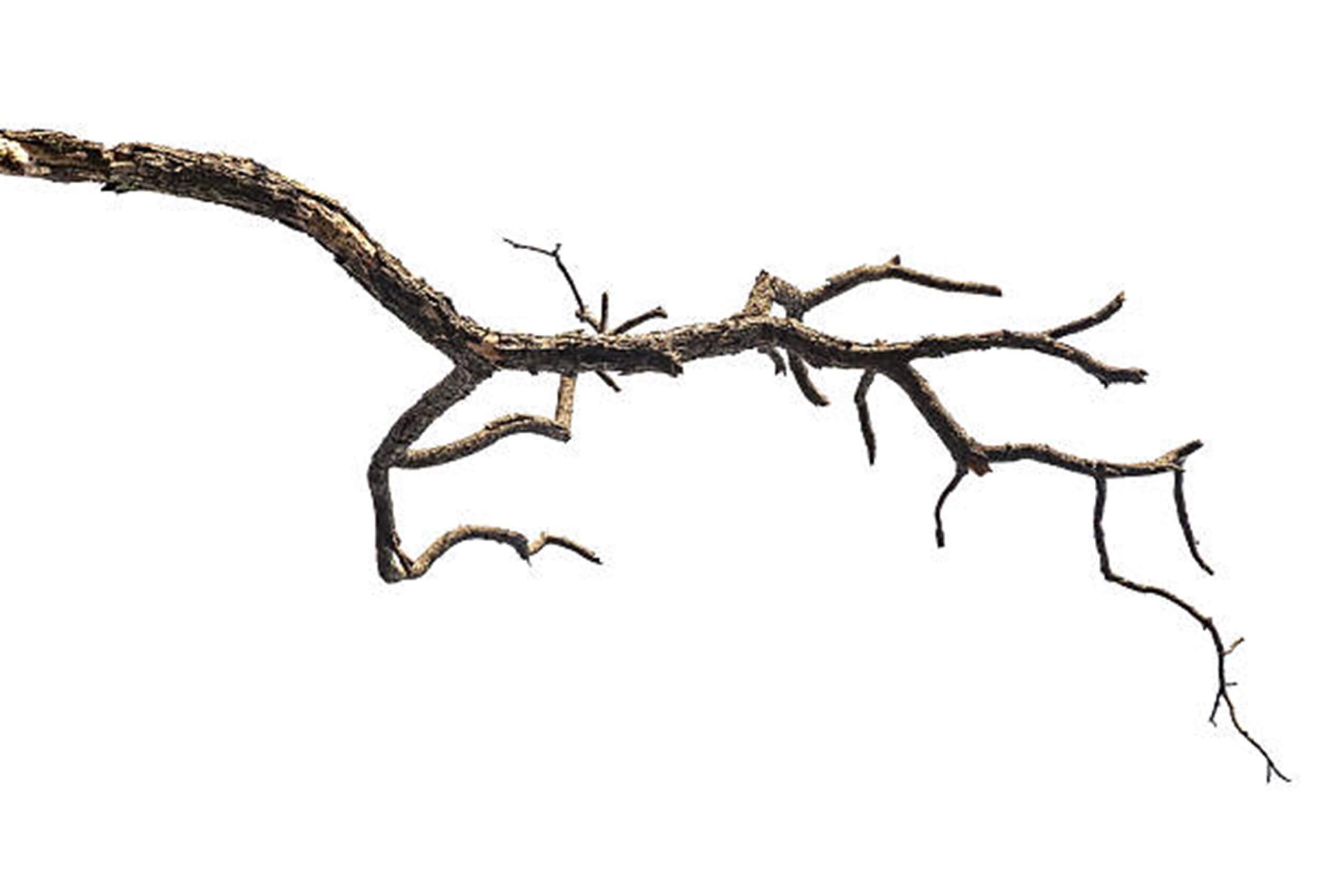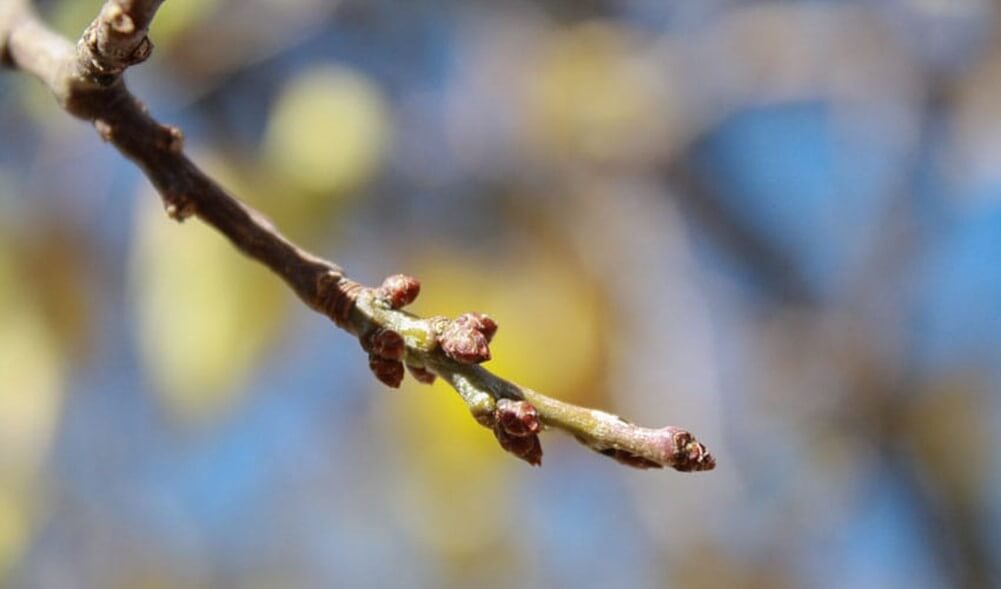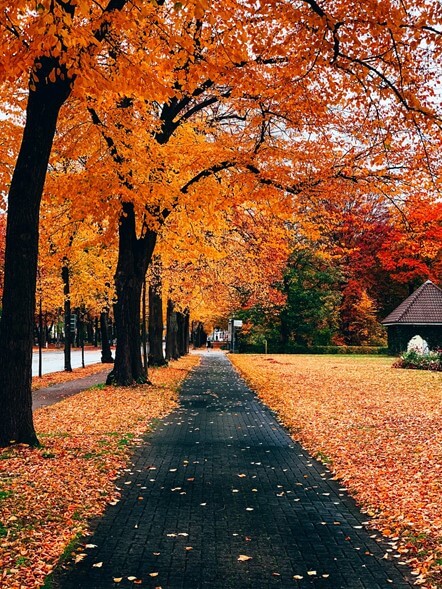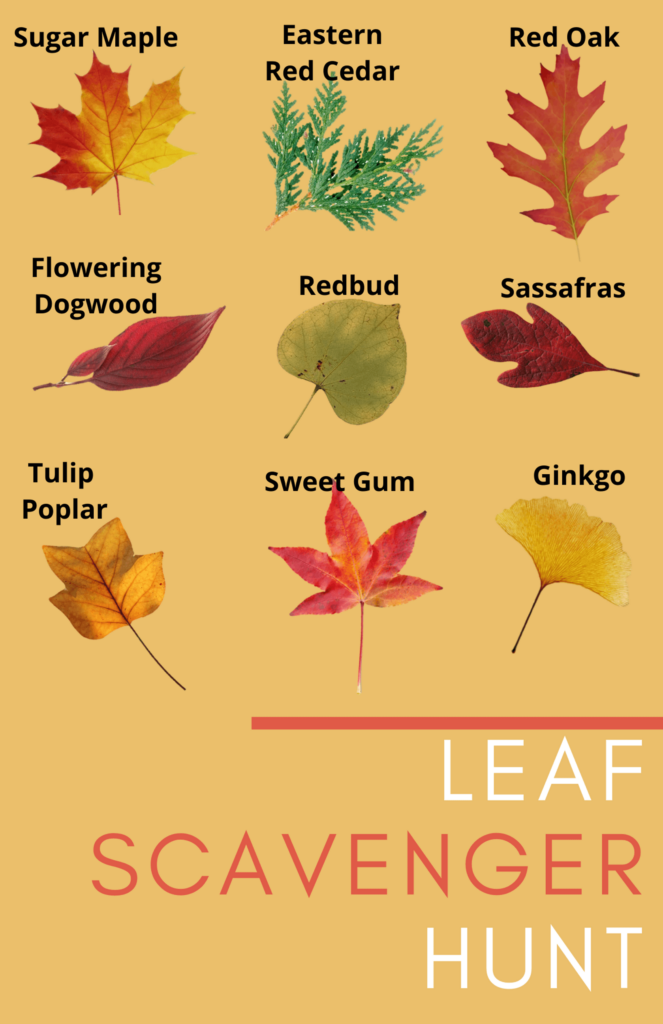The leaves are changing colors and are starting to fall to the ground. With the changing season, our trees are also going through some change. As the limbs get bare, we are frequently asked, “How do you know what limbs to prune when there aren’t any leaves on the tree?” Let’s discuss winter pruning, what trees are doing in dormancy, and discover a fun, kid-friendly activity to do with fall leaves.
Can we do winter pruning when the leaves are gone?
As we start scheduling our pruning work for the winter months, we get asked a common question: “How can you tell which limbs to prune when there aren’t any leaves on the tree?” It is a common misconception that we can’t tell which limbs are alive or dead when the leaves have fallen, and the trees are bare. In reality, winter is a great time to prune your trees and we will unpack the reasons why.
When trees are dormant and all of the leaves are gone, our arborists have a better view of the tree’s structure and branches that may be damaged or broken. We can easily see which branches need to be removed. When we prune away weak branches, we can reduce the hazard of breakage that occurs with winter winds and snow or ice accumulation.
Most tree species can be pruned any time of the year. The problem is not so much when to prune, as how to prune. Being sure to make proper and smaller cuts will help your tree to seal over wounds properly and avoid the spread of decay. There are a couple of tree species, such as Elms or Oaks that we should avoid pruning during the growing season to reduce the risk of Dutch Elm Disease or Oak Wilt. Pests are not a common issue in the winter months, and we can eliminate the risk of vascular diseases from insects, which can be a problem for trees with open wounds in the summer months.
Our trained crew can tell which limbs are alive by the presence of buds or lack thereof. Another way we can tell if a branch is alive is to test a small twig by bending it between two fingers. If it bends easily, then it is alive. If it is brittle and breaks, it is likely dead.
The following two photos are good examples of how we can tell a dead limb from a live one. The first one has some missing bark, blunt ends, and the wood looks very brittle. In the bottom picture, you can see buds and some green growth and the limb looks flexible.


Give us a call if you would like a free quote for winter pruning your trees.
What are trees doing in dormancy?

Trees can’t uproot and walk to warmer climates every year when temperatures and the amount of sunlight decrease. Although, if they could, that would be quite the sight to see. Instead, trees in our area go through a process much like hibernation, called dormancy. Everything within the tree slows down, leaves fall, and growth is reduced until leaves emerge again in the spring. When a tree’s leaves are gone, they have no ability to produce food, so deciduous trees use stored resources to stay alive until the following growing season. While some root growth still occurs during the dormant season, these trees are mostly in a “resting period” of inactivity.
There are a few things we can do for trees during the dormancy period to keep them healthy, thriving, and ready for the following growing season.
1.) While not all trees require fertilizing, some will benefit from the boost of nutrients that have been depleted during the growing season. Newly planted trees should be fertilized for the first few years to aid in establishment and root growth.
2.) Trees still need adequate water in the cooler seasons. A long season of drought can severely damage a tree. How much should you water your trees? It is best to give trees long, deep soakings when the ground temperature is above 40 degrees.
Here are our watering recommendations for drought or times of limited rain:
– 80 degrees: Good, slow soaking (10-15 gallons per 5” diameter) every 3 days.
– 65-70 degrees: every 5 days.
– 50-60 degrees: every 7 days.
– 40-50 degrees: every 14-15 days.
3.) Mulch is something we are always recommending to our customers. Wood mulch adds fertility to the soil as it breaks down, helps the soil retain moisture, and acts as a buffer to the roots just below the surface – protecting them from extreme temperatures. We recommend adding a 4-6-inch-deep mulch ring that does not touch the trunk of the tree. Adding mulch correctly around your trees can benefit them in numerous ways.
4.) Keeping your trees on a regular pruning schedule is critical in preventing damage from snow, ice, and wind in the colder seasons.
Give us a call if you would like to speak to an arborist about how we can care for your trees and shrubs.
Leaf Scavenger Hunt

Looking for a fun kid-friendly outdoor activity? Here’s a Leaf Scavenger Hunt template to take your family out on a walk and hunt for Missouri native leaves.
Some scavenger hunt location recommendations are Nathanael Greene Park, Greenway Trails, the Nature Center, or possibly even your own backyard! Use this guide to help your family collect beautiful fall leaves and expand your identification skills on some Missouri trees.

